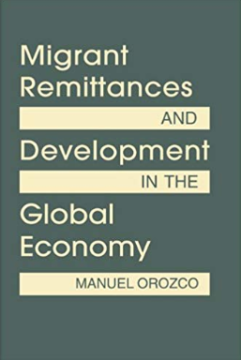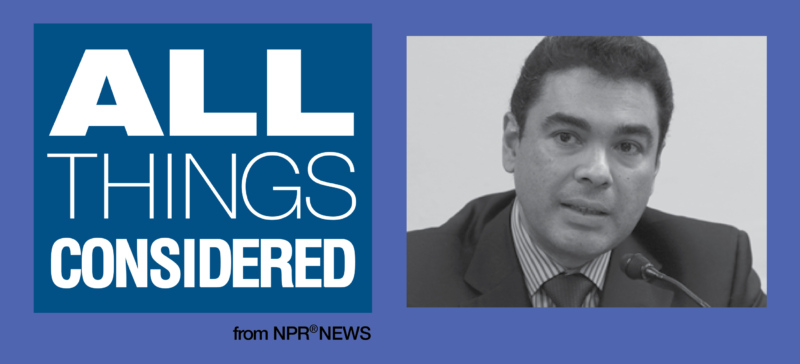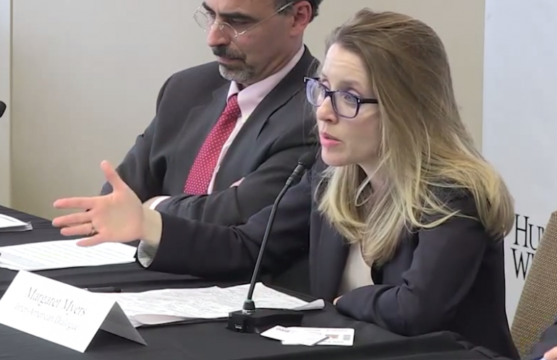
Migrant Remittances & Development in the Global Economy
How do patterns of migration and remittances differ across regions? What kinds of frameworks support the contributions of remittances to local development?
On January 4, 2024, director of the Inter-American Dialogue's Migration, Remittances, and Development program, Manuel Orozco, sat down with NPR's Mary Louise Kelly on "All Things Considered" to discuss the recent weaponization of migration by the Ortega-Murillo regime. The two discussed the recent trend within the context of US elections in November 2024 in which immigration is a highly debated issue.
KELLY: Explain the changes, if you would, that President Ortega has made to his country's visa requirements. When did this begin?
OROZCO: The first time he started making these changes was during the elimination of visa restrictions for Cubans in November 2021. From that point on, the government started to release a number of regulations for other countries, Haiti included, as well as other Latin American countries and eventually to several Asian and African nations, and that includes Indians, Uzbekistanis, people from Mauritania and Senegal.
KELLY: OK, so how does President Ortega explain the changes to his country's visa rules and allowing people to do this? Why does he say it's a good idea?
OROZCO: Well, he has the motive, the opportunity and the means. The motive is that Ortega has had, historically, a deep hatred of the United States. He finds it to be an evil empire that needs to be dealt with. And the opportunity was the huge migration crisis that has been taking place from predominantly fragile states. And the means was to utilize the airport for the passing of passengers from differing nationalities. So his justification has been both an ideological one but also an opportunistic - because there is money to be made on each flight that arrives and the fees that they charge to the airlines and the airport taxes that they charge to every individual that comes into the country.
How do patterns of migration and remittances differ across regions? What kinds of frameworks support the contributions of remittances to local development?
How will increasing Asian investment in Latin America influence economics and politics in the region?
In 2014, remittances to Latin America and the Caribbean grew 4%, reaching at least $62.3 billion.
 All Things Considered
All Things Considered
 Video
Video
